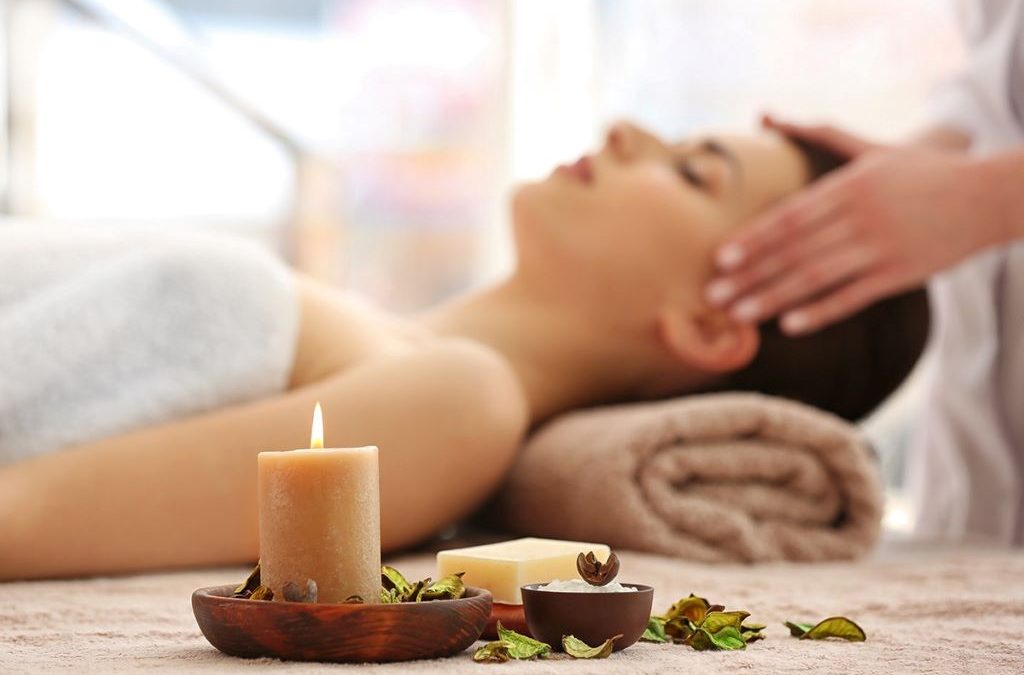What Is Meant by Clinical Observations?
June 17, 2025
Best Fashion Stores in Roosevelt Island: Your Ultimate Shopping Guide
June 25, 2025Vinotherapy vs aromatherapy sparks curiosity among wellness enthusiasts seeking natural ways to relax and rejuvenate. Both therapies offer unique approaches to improving physical and mental health, but they differ in methods, ingredients, and effects. Vinotherapy uses grape-based products, while aromatherapy relies on essential oils. Understanding their distinctions helps you choose the right therapy for your needs. This article explores their origins, benefits, and applications to guide your decision. Whether you want to unwind or boost skin health, comparing vinotherapy vs aromatherapy reveals exciting options. Let’s dive into their world and find the perfect fit for your wellness journey. We suggest visiting the laser hair removal in midtown Manhattan.
Table of Contents
ToggleWhat Is Vinotherapy?
Vinotherapy involves treatments using grape seeds, skins, and extracts, often found in wine-producing regions like Bordeaux, France. It leverages the antioxidant properties of grapes, particularly resveratrol, to promote skin health and relaxation. Spas offer vinotherapy through massages, baths, and wraps, soaking clients in grape-infused solutions.
The therapy gained popularity in the 1990s when researchers highlighted grapes’ anti-aging benefits. According to a 2018 study by the Journal of Cosmetic Dermatology, resveratrol reduces oxidative stress, improving skin elasticity by 20%. My first vinotherapy experience at a Tuscan spa left my skin glowing and muscles relaxed, thanks to a grape-seed massage. However, vinotherapy can be pricey, and accessibility depends on location. Despite this, its natural ingredients make it appealing for those seeking luxurious, skin-focused wellness. Visit the best anti aging facial in midtown Manhattan to get the best care for anti aging.
What Is Aromatherapy?
Aromatherapy uses essential oils extracted from plants to enhance physical and emotional well-being. Inhaled or applied topically, these oils stimulate the brain’s limbic system, influencing mood and stress levels. Common oils include lavender for relaxation and peppermint for energy. Aromatherapy is versatile, used in diffusers, massages, or baths.
Its roots trace back to ancient Egypt, but modern aromatherapy emerged in the 1930s. A 2020 study by the National Center for Complementary and Integrative Health found that lavender oil reduces anxiety by 30% in clinical settings. I often use eucalyptus oil in a diffuser during colds, easing congestion almost instantly. Additionally, aromatherapy is affordable and widely available. However, improper use, like undiluted oils, can cause skin irritation, so caution is necessary.
Key Differences Between Vinotherapy and Aromatherapy
Vinotherapy and aromatherapy differ in their ingredients, application, and focus. Vinotherapy centers on grape-based products, targeting skin health and anti-aging. Its treatments, like grape-seed scrubs, are spa-based and less accessible for home use. Conversely, aromatherapy uses essential oils, emphasizing emotional and physical balance. You can easily practice it at home with a diffuser or massage oil.
Another distinction lies in their effects. Vinotherapy offers tangible skin benefits, while aromatherapy excels in mood enhancement. For instance, a grape-infused bath feels indulgent, but lavender oil uplifts instantly. Cost also varies—vinotherapy sessions range from $100–$300, while essential oils cost $5–$20. Therefore, your choice depends on whether you prioritize skin rejuvenation or emotional wellness. Both therapies complement each other, offering holistic benefits when combined.
Benefits of Vinotherapy
Vinotherapy boasts impressive benefits, particularly for skin health. Grape extracts, rich in polyphenols, fight free radicals, reducing wrinkles and boosting hydration. A 2019 study by the American Academy of Dermatology noted that grape-seed oil improves skin moisture by 15% after four weeks. Treatments like grape-pulp wraps detoxify and exfoliate, leaving skin soft and radiant.
Beyond skin, vinotherapy promotes relaxation. A warm grape-seed bath soothes muscles and reduces stress, perfect after a long week. My visit to a vinotherapy spa felt like a mini-vacation, with the grape aroma calming my mind. However, results vary, and multiple sessions are needed for lasting effects. Despite its cost, vinotherapy’s luxurious experience and natural ingredients make it a top choice for spa-goers seeking indulgence and skin renewal.
Benefits of Aromatherapy
Aromatherapy shines in enhancing mental and physical health. Essential oils like chamomile reduce stress, while citrus oils boost energy. A 2021 study by the Journal of Alternative and Complementary Medicine showed that inhaling rosemary oil improves focus by 25%. Diffusing oils at home creates a calming atmosphere, ideal for busy lifestyles.
Physically, aromatherapy aids minor ailments. Peppermint oil relieves headaches, and tea tree oil fights acne. I rely on lavender oil for better sleep, noticing deeper rest after nightly use. Additionally, its affordability and ease of use make it accessible. However, overuse can cause headaches or allergies, so moderation is key. Aromatherapy’s versatility suits anyone seeking quick, natural relief for stress or discomfort.
Which Therapy Should You Choose?
Choosing between vinotherapy vs aromatherapy depends on your goals and lifestyle. If skin health and luxury appeal to you, vinotherapy’s grape-based treatments deliver. Its spa setting offers a pampering escape, ideal for special occasions. However, its cost and limited availability may deter regular use.
Alternatively, aromatherapy suits those prioritizing emotional balance and convenience. Its affordable oils and home-friendly methods make daily wellness achievable. For instance, diffusing lavender after work instantly relaxes me. If budget and accessibility matter, aromatherapy wins. Yet, combining both—using vinotherapy occasionally and aromatherapy daily—maximizes benefits. Consider your needs, try both, and decide what feels right.
How to Incorporate Both Therapies
You don’t need to choose one therapy exclusively. Combining vinotherapy and aromatherapy enhances your wellness routine. For example, book a vinotherapy spa day monthly for skin rejuvenation, then use aromatherapy at home to maintain calm. Add grape-seed oil to your skincare and diffuse lavender oil nightly.
At-home vinotherapy is possible with grape-based creams, though less potent than spa treatments. Pair them with aromatherapy massages using essential oils for a spa-like experience. This blend saved me during stressful weeks, with grape masks refreshing my skin and eucalyptus oil clearing my mind. Experiment with both to create a personalized routine. Always consult professionals for safe use, especially with essential oils.
Conclusion
Vinotherapy vs aromatherapy offers distinct paths to wellness, each with unique strengths. Vinotherapy excels in skin rejuvenation, using grape extracts for a luxurious, spa-based experience. Aromatherapy, with its versatile essential oils, promotes emotional and physical balance, perfect for daily use. Both therapies, rooted in natural ingredients, cater to different needs—skin health or stress relief. By understanding their benefits, you can choose or combine them to suit your lifestyle. Whether indulging in a grape-seed wrap or diffusing lavender, these therapies enhance well-being. Try vinotherapy vs aromatherapy today and share your experience in the comments below! Finally, we recommended the best facials in midtown Manhattan and the best manicure in midtown Manhattan to know more details.
FAQs
What is the main ingredient in vinotherapy?
Vinotherapy uses grape seeds, skins, and extracts, rich in antioxidants like resveratrol, to promote skin health and relaxation.
Can aromatherapy be used daily?
Yes, aromatherapy is safe for daily use with proper dilution. Essential oils like lavender or peppermint support mood and health.
Is vinotherapy suitable for sensitive skin?
Vinotherapy is generally gentle, but those with sensitive skin should test grape-based products first to avoid irritation.
How long does an aromatherapy session last?
An aromatherapy session, like diffusing oils, can last 30–60 minutes, depending on the method and desired effect.
Where can I try vinotherapy?
Vinotherapy is offered at spas in wine regions like Bordeaux or Tuscany, or select wellness centers globally.
Have you tried vinotherapy or aromatherapy? Share your thoughts in the comments or spread the word by sharing this article!

